Campaign Performance Analytics Storytelling Guide
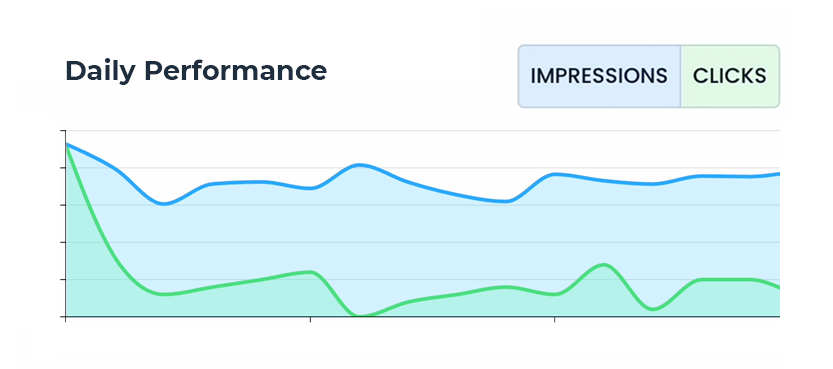
Reviewing campaign performance with advertisers is a critical part of the relationship. Not every ad buy will crush every goal, but there’s more to the story than just showing them some metrics. You can use this opportunity to go from review to renewal.
So, what makes these check-ins compelling? How do you set up the interaction to deliver the best experience?
In this guide, we’ll go over eight strategies to use and why they work.

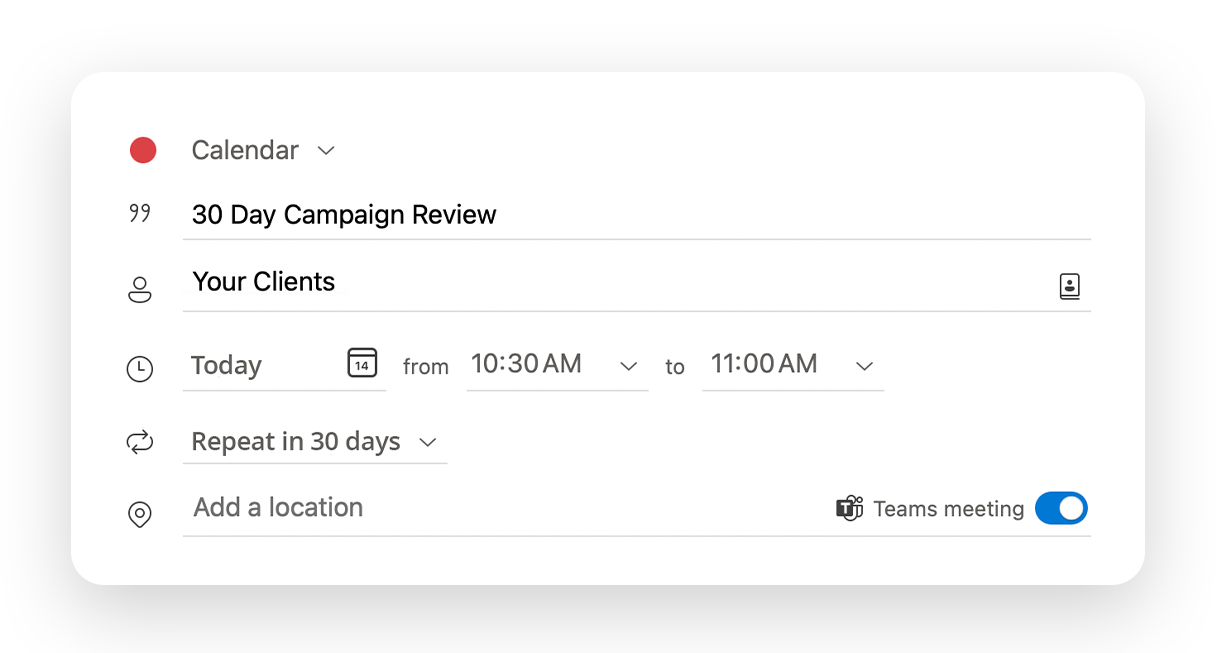
1. Set Campaign Performance Reviews at the Start
Once your advertiser signs off on the ad campaign proposal, go ahead and request a review in 30 or 60 days. Get it on their calendar now, so there’s no back and forth later.
Making this part of the relationship at the start sets your commitment to monitoring and interpreting the media buy. Advertisers will appreciate that you want to have a formal meeting to discuss results.
Pro tip: Be sure to request that they be on their desktop at the time of the meeting. If they are on their phone, it’s hard to show them charts, graphs and metrics. You could also present in person.
2. Ensure There Are No Surprises with Prep
You’ll want to review the campaign performance several days in advance to evaluate the results.
You want to align performance data with the initial KPIs (key performance indicators) set. Was it a hit or a miss? Did the campaign achieve the key thing the business desired? Also, don’t dive into a metric that’s not relevant or highlight a “win” they don’t really care about.
If you’re not sure about a metric, get help from peers and experts. By performing a pre-analysis, you can define what you need to explain and discuss.
Pro tip: Turn this due diligence into an agenda for the meeting and send it the day before.


3. Check In on Their Business Health
Before you jump into the plot, ask the customer how their business is doing. What they say may change how you present results. They could be facing some downturns. If so, you’ll want to make sure they’re aware of the value of every dollar spent on advertising.
If they’re experiencing growth, that’s great news and sets the stage for expanding campaigns that performed well. Most businesses may be a mix of both, but this critical question will influence the rest of the conversation.
4. Use Language They Get
There’s a lot of jargon in digital advertising. Some of your advertisers might be savvy enough to be familiar, but it’s still jargon. Transform these into more meaningful words, such as:



Helpful Resource: How to Explain Digital Advertising Tactics to Your Advertisers

5. Qualify the Analytics
Your digital advertising platform measures the metrics set, but it’s still just data without context. You’ll want to create a narrative that explains.
Here’s a real-life case study:
- Campaign: Public Service Resources for Parents
- Advertiser goal: Repeat website visits by specific demographic
- Total clicks from ads: 2,674
- Site visits: 16,597
From these data points, the story is very clear. Those clicks only represented 16% of site visits. The rest were connected to repeat visits, and those were mostly folks who had interacted with an ad.
6. Discuss the Side Plots, Too
Not every data point correlates to campaign performance. However, your advertisers may still care about it for different reasons.
Here are some examples:
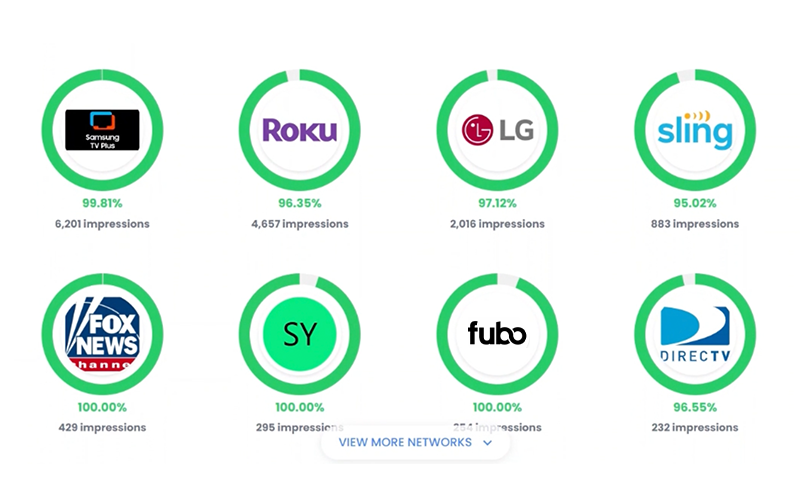
Identifying platforms where OTT/CTV ads run: It doesn’t impact performance really, but many want this transparency.
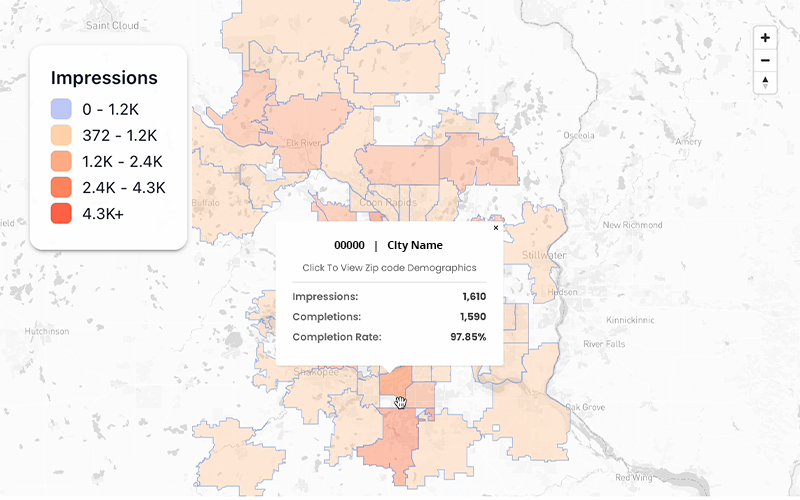
Determining ZIP codes with the most penetration: This information can help with future geotargeting.
Also, a number means little without context. One example is looking at the performance of each creative ad set. There may be conclusions to glean from this by isolating what was unique about it.
7. Turn Poor Performance into Learning Lessons
Not every campaign will be a bestseller. Lots can go wrong, as there are many factors: some of which you, as the salesperson, can control, and others you cannot.
What’s critical here is analyzing the why and then being able to explain it with solutions for the next campaign.
Examples:
Problem:
There’s an ad and landing page disconnect.
(hover to learn more)
What to do: Talk to the advertiser about how easy it is to build a simple landing page. Look at the overall UX of the website, too, and how it looks on mobile. Page speed could also be an issue.
Problem:
Targeting was too narrow or broad.
(hover to learn more)
What to do: Review the criteria for targeting and find opportunities to expand or contract.
Problem:
The budget was too low.
(hover to learn more)
What to do: Explain the importance of upping budgets and what they can expect.
8. Move the Campaign Performance Chat to Renewal
As you work through the campaign’s performance, emphasize what went well and how things could improve with the solutions you’ve offered.
Be ready to provide suggestions for future campaigns with ideas on themes, tactics and budget. Go back to what matters to them and how their company is faring. Make sure your recommendations align with their overall business goals.
Transparent, Vibrant and Meaningful Reporting with NXT
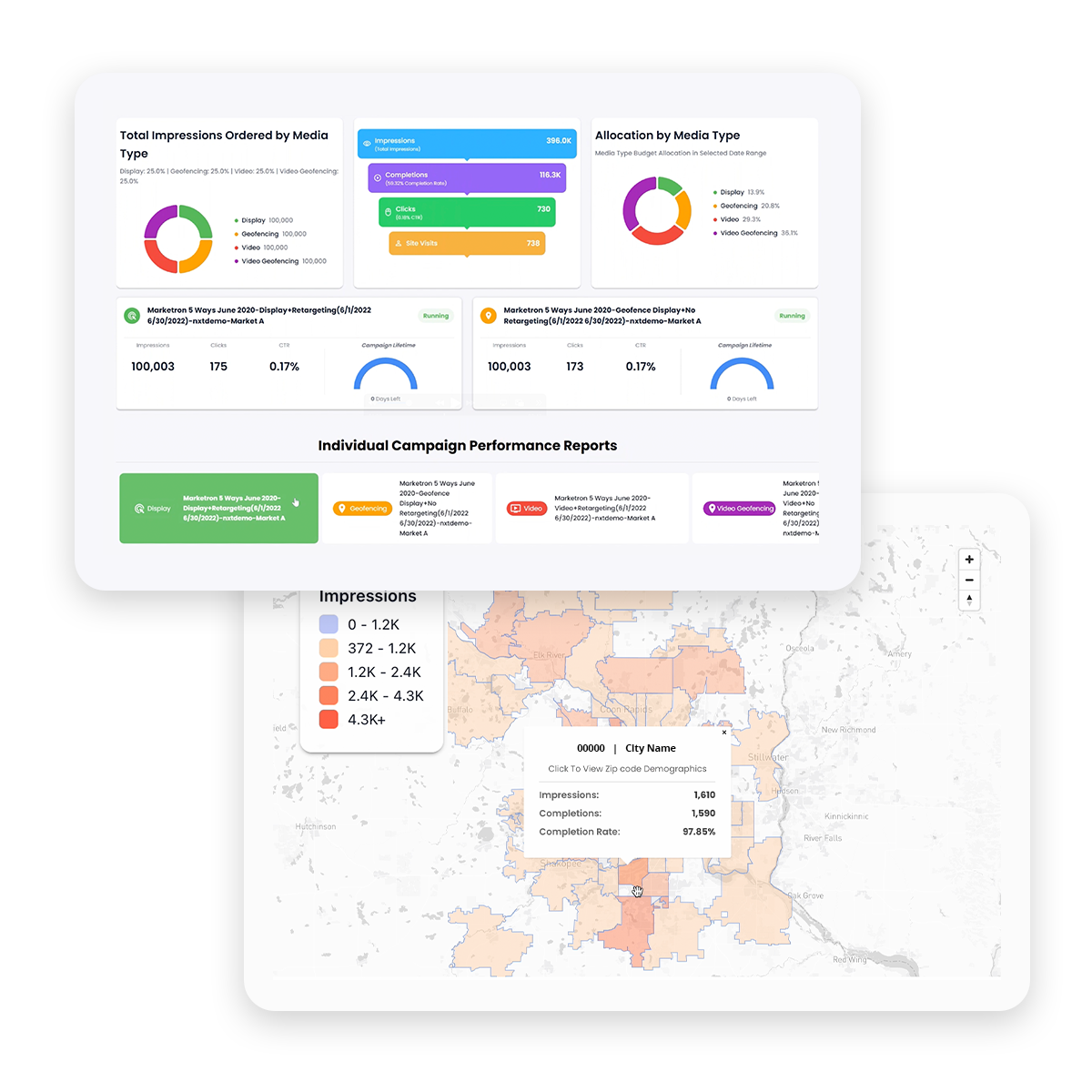
Your analytics story begins with having access to accurate, real-time data and a platform designed for local media sales. That’s exactly the experience we’ve created with Marketron NXT.
We just debuted a new campaign dashboard with an improved UX and new features. The analytics from NXT are 100% transparent and updated in real-time. Want to explore NXT reporting? Complete the form to request your demo.
Request a NXT Demo
© 2025 Marketron Broadcast Solutions
Privacy & Legal


